BEST OF SALE

What Does a Raw Diamond Look Like?
Diamonds are one of our earth's most precious resources. For thousands of years, people have admired their unparalleled beauty and exquisite craftsmanship.
But not all diamonds are cut. What happens to diamonds before they get cut? Where do raw diamonds come from, and what do they look like?
Let's learn more about raw diamonds. Then, we'll talk about the cut diamonds you know and love and discuss how to style these stones to elevate your look.
What Is a Raw Diamond, Anyway?
Typically, the word "raw” refers to something uncooked. In this case, raw doesn't mean uncooked diamonds, but rather uncut diamonds.
In general, diamonds sold in jewelry stores have already been cut and polished to give them their unique form and to make them faceted. On the other hand, raw diamonds are gemstones that have not been treated after being discovered deep inside the ground; they're uncut and unpolished.
Diamonds in their natural state resemble clear stones with yellowish or brownish hues. Sometimes, they can be colorless, but that's uncommon.
Typically, jewelers or diamond dealers buy rough diamonds wholesale. Then, they cut, polish, and set them into jewelry or release them to the retail market.
Those who love diamond jewelry have regarded cut diamonds as the most precious choice for jewelry in the past. However, today more people are opting for uncut gems in their jewelry.
Uses for Raw Diamonds
Did you know that worldwide sales for rough diamonds have exceeded 18 billion dollars in years past? But what are the common uses for these diamonds?
Besides their new use in modern eclectic wedding rings, what else are raw diamonds good for?
Let's look at the primary ways the world uses natural diamonds.
Jewelry Use
As we mentioned, some brides have been opting for uncut diamonds in their wedding rings in recent years. Though it's uncommon, it's still noteworthy.
What's more common is jewelers purchasing raw diamonds and then cutting them with extreme precision. After cutting, these diamonds may be evaluated for value and placed in a setting for a ring, necklace, bracelet, or set of earrings.
Industrial Use
Let's get down to the facts: jewelry only accounts for 20% of raw diamonds' overall uses. The remaining 80% goes toward industrial use.
These industrial diamonds' primary use is as an abrasive or cutting tool. Diamond's reputation as the hardest natural substance known is what gives it such an essential role in multiple industries. For example, these stones are critical in today's metalworking and mining sectors.
What Does a Raw Diamond Look Like?
You can probably guess that raw diamonds aren't cut or polished. Although they can be beautiful, they don't exude the same radiance as cut gems.
As far as their coloring goes, a large proportion of uncut raw diamonds have a brownish or yellowish hue. A less saturated stone will be more valuable, while a stone with a more solid yellow hue will be worth less.
Some raw diamonds can look nearly colorless, although it's improbable. When these diamonds do occur naturally, they can be expensive. These are known as white diamonds, and they fetch exceptionally high market prices.
How Valuable Are Uncut Diamonds?
When it comes to cut diamonds, the criteria for determining value allow you to judge whether a cut stone is worth a specific monetary value. When it comes to uncut stones, the requirements are a bit muddier.
Still, some of the same rules regarding clarity, color, and carat weight can help determine a raw stone's worth.
What Makes a Diamond Valuable?
Let's talk about the diamonds that are more familiar to you: cut diamonds. Now that we've talked briefly about diamonds' original form, you may have more appreciation for the stones that make it into that 20% jewelry category.
Perhaps you've been thinking about wearing diamonds more often as a part of your trademark style. As you prepare to purchase the pieces that will accent your wardrobe, it's a good idea to get a quick refresher on the basics of cut diamond quality.
As we review the “four c’s,” you may want to consider which grading factors are most important to you.
Color
Color is one of the four factors that can influence a cut diamond's value. Gemologists grade cut diamonds on a scale from D-Z regarding their color. On this scale, D refers to a colorless, divinely clear diamond, while Z refers to diamonds with a very pigmented yellow/brown tint.
Cut
A diamond's cut is another characteristic that can enhance or detract from its value. The art of cutting diamonds requires extreme precision. As such, a diamond receives a grade for the following criteria: table size, cutlet, lower girdle, crown height, total depth, pavilion angle, crown angle, star length, and girdle thickness.
When all of these aspects look close to the blueprint for a well-cut diamond, a diamond grader will award the stone a grade of "excellent." When it is too shallow or too deep in any area, it may receive a score of "good" or "poor."
Clarity
Clarity is another qualitative term that refers to a diamond's lack or presence of inclusions. Again, diamonds receive a grade from gem experts to let buyers know how worthwhile that particular stone may be, based on its clarity.
The scale for grading clarity ranges from Flawless to Included. Between those two grades are VS for very slightly included, VVS for very, very slightly included, SI for slightly included, and included. These grades may also have the number one or two attached to communicate the degree to which that diamond is slightly included.
Carat Weight
Lastly, you can know whether your cut diamond is worth anything by its carat weight. Experts measure carat weight to a precise number, so you can ensure that your stone's value is accurate. In general, a diamond with a higher carat weight is more valuable than one with a lower weight.
How To Wear Diamonds with Confidence
Now that you feel refreshed on your diamond basics, let's talk about you. How comfortable do you feel wearing high-quality jewelry and apparel? If you're used to buying pricey shoes, clothing, and other accessories, you might think adding diamonds to your jewelry is no big deal.
However, if you've been trying to rebrand your style and push yourself to wear more jewelry, wearing diamonds might not feel so natural.
Let's talk about how to feel confident and comfortable stepping out with icy jewelry.
Try Wearing Them With Your Favorite Chains and Other Jewelry
When you want to wear diamonds and make them feel effortless, adding in other staple jewelry is essential. How's your chain collection looking? You can style a diamond necklace with chains and pendants to create an ensemble that bleeds self-assurance.
If you need to restock your chain collection with high-quality pieces, we've got what you need at CRAFTD.
Here are a couple of our favorites you might want to consider wear with diamonds:
- A G-Link Chain: Here's a chain that's ideal for days or nights when you want to step out and be seen. Our G-Link chain is fresh-as-hell, and it's a perfect complement to a diamond necklace along with another pendant or classic chain.
- A Figaro Chain: There's something undeniably classy about Figaro chains. This patterned style can add texture to your look and accent your diamonds effortlessly. Choose your preference of 18-karat plated gold or premium 316L stainless steel, and you'll have a necklace ensemble fit for the red carpet.
Include Subtle Diamond Jewelry in Your Street Style
If a diamond necklace feels too bold for you, you can still find ways to incorporate diamonds into your style. You might opt for a diamond pendant or a pair of diamond earrings instead. By adding subtle diamond elements into your wardrobe, you can enjoy this iconic type of jewelry at your own pace.
Trust in Your Personal Style
Knowing the background of raw diamonds can help you appreciate their value as they relate to jewelry and industrial uses. When it comes to cut diamond jewelry, there's no need for imposter syndrome. You deserve to wear jewelry that makes you feel like an elevated version of yourself.
At CRAFTD, we believe in your right to live an unreserved life. Your path is what you choose, and your jewelry should reflect that, whether it's a diamond necklace or classic CRAFTD chains.
Sources:
Industrial Diamond | Britannica
Diamond | Definition, Properties, Color, Applications, & Facts | Britannica


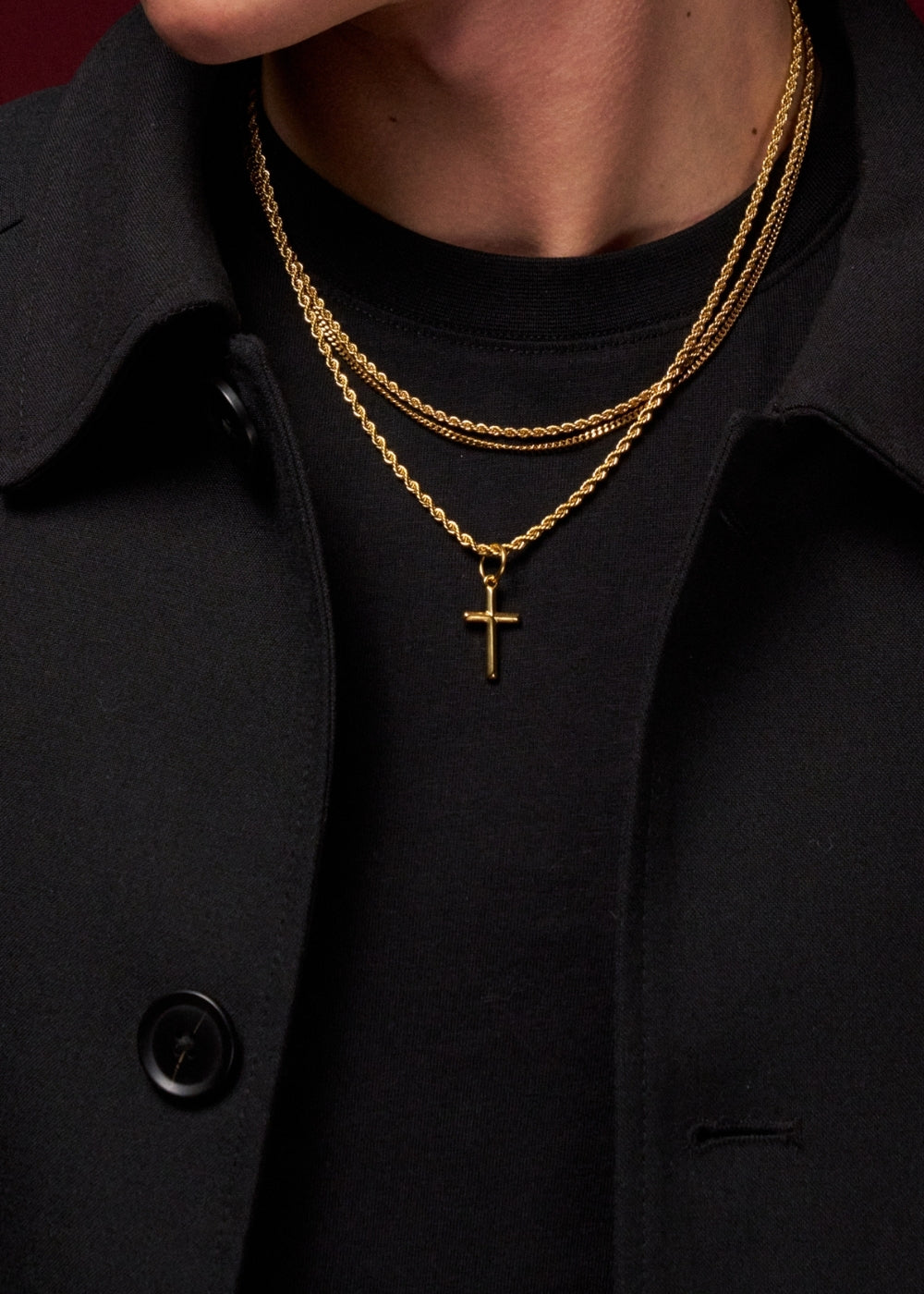

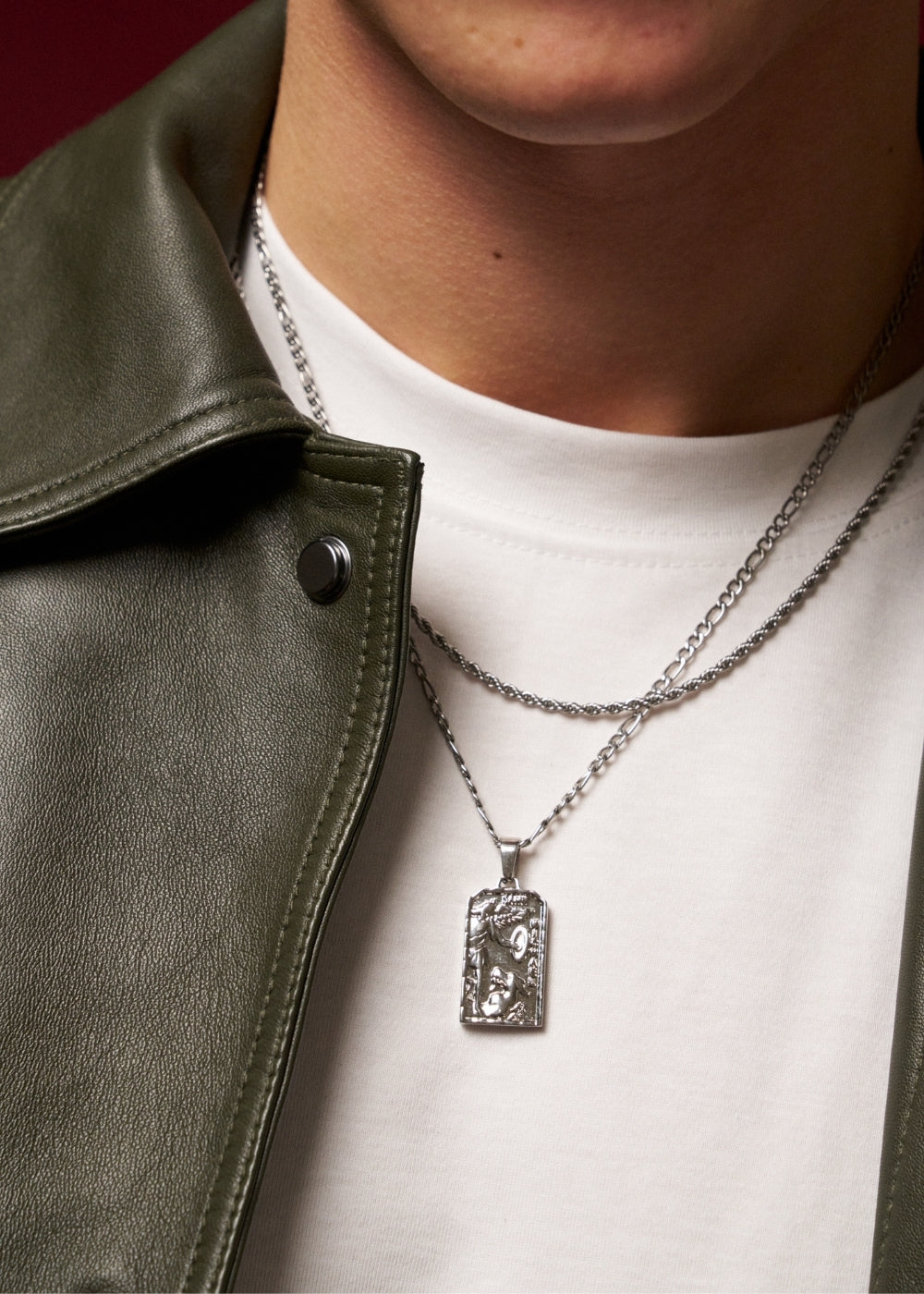
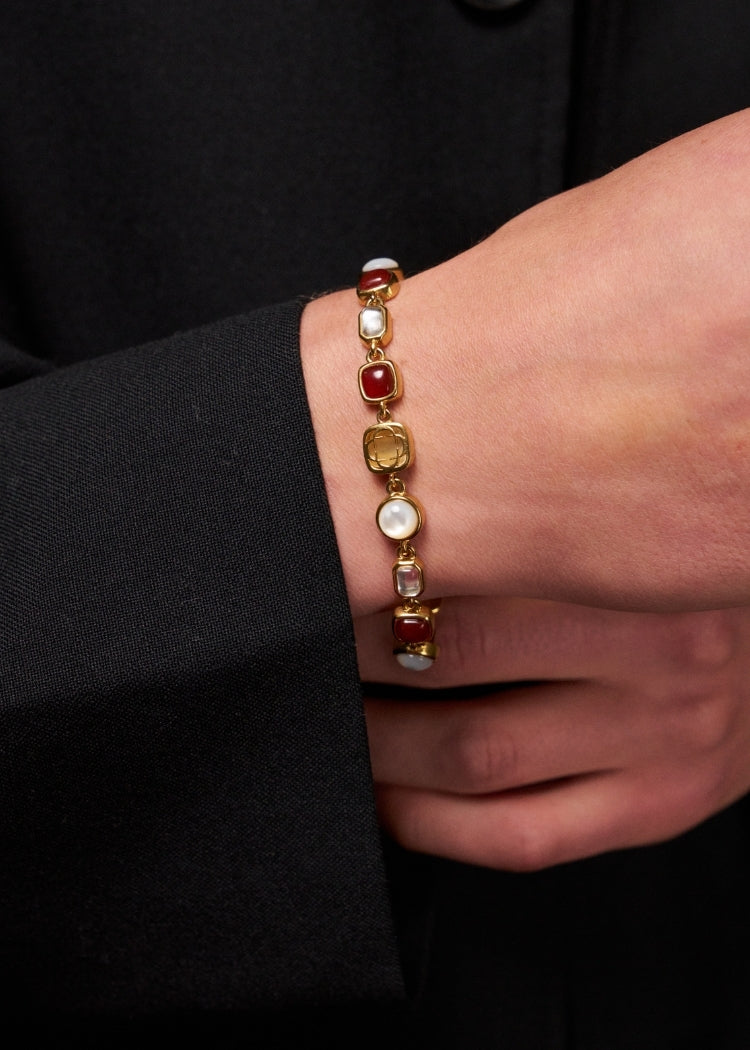
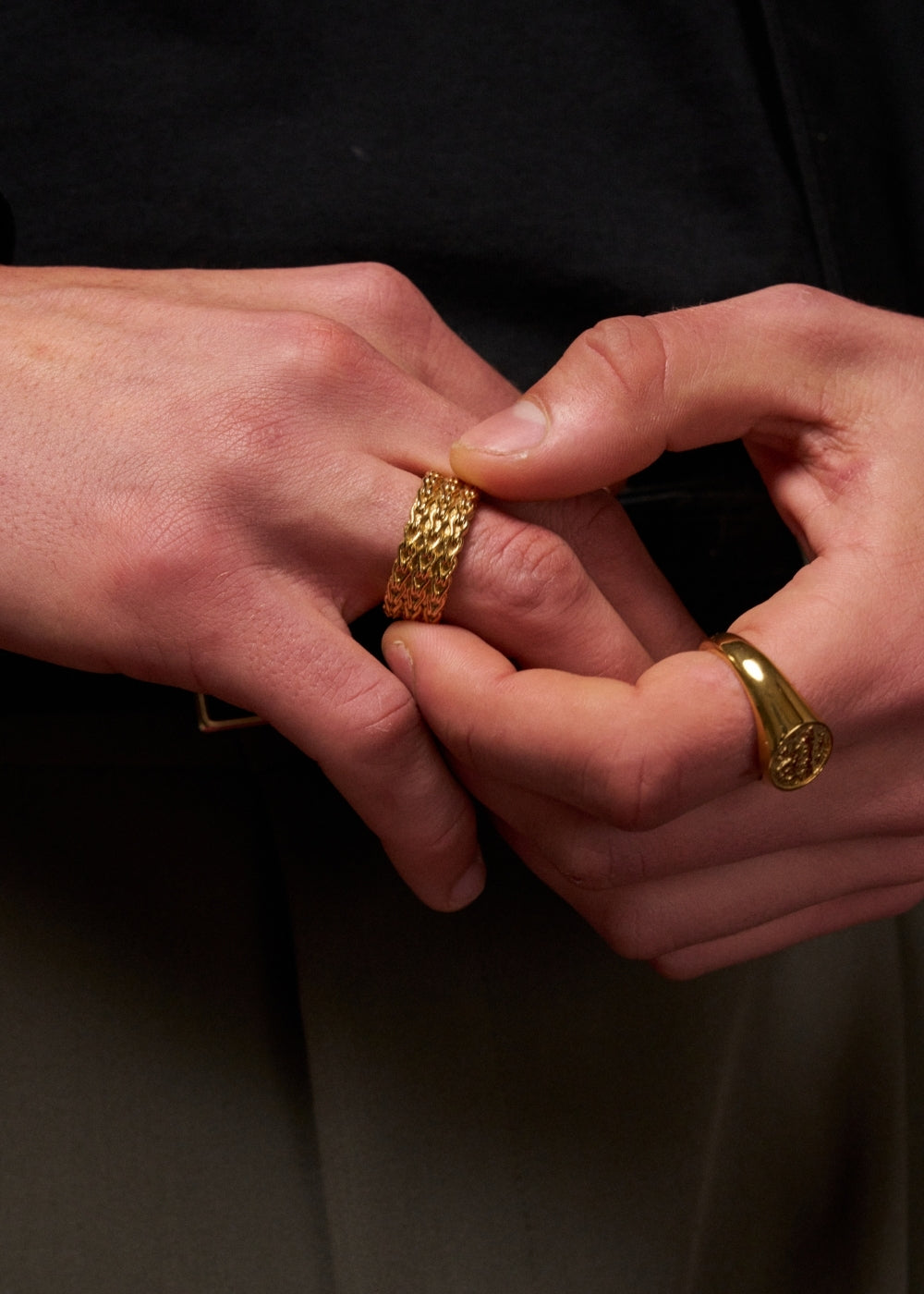
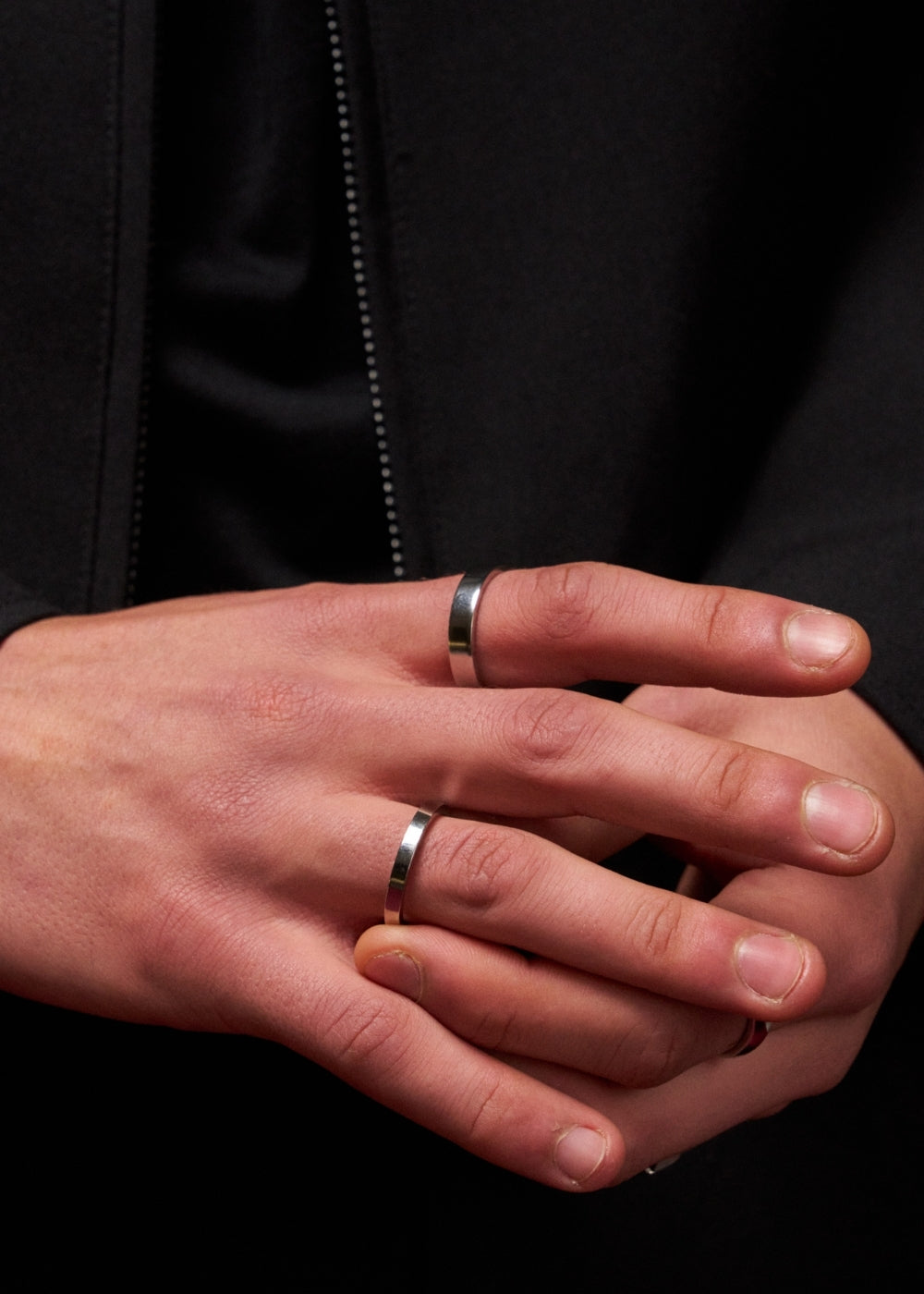

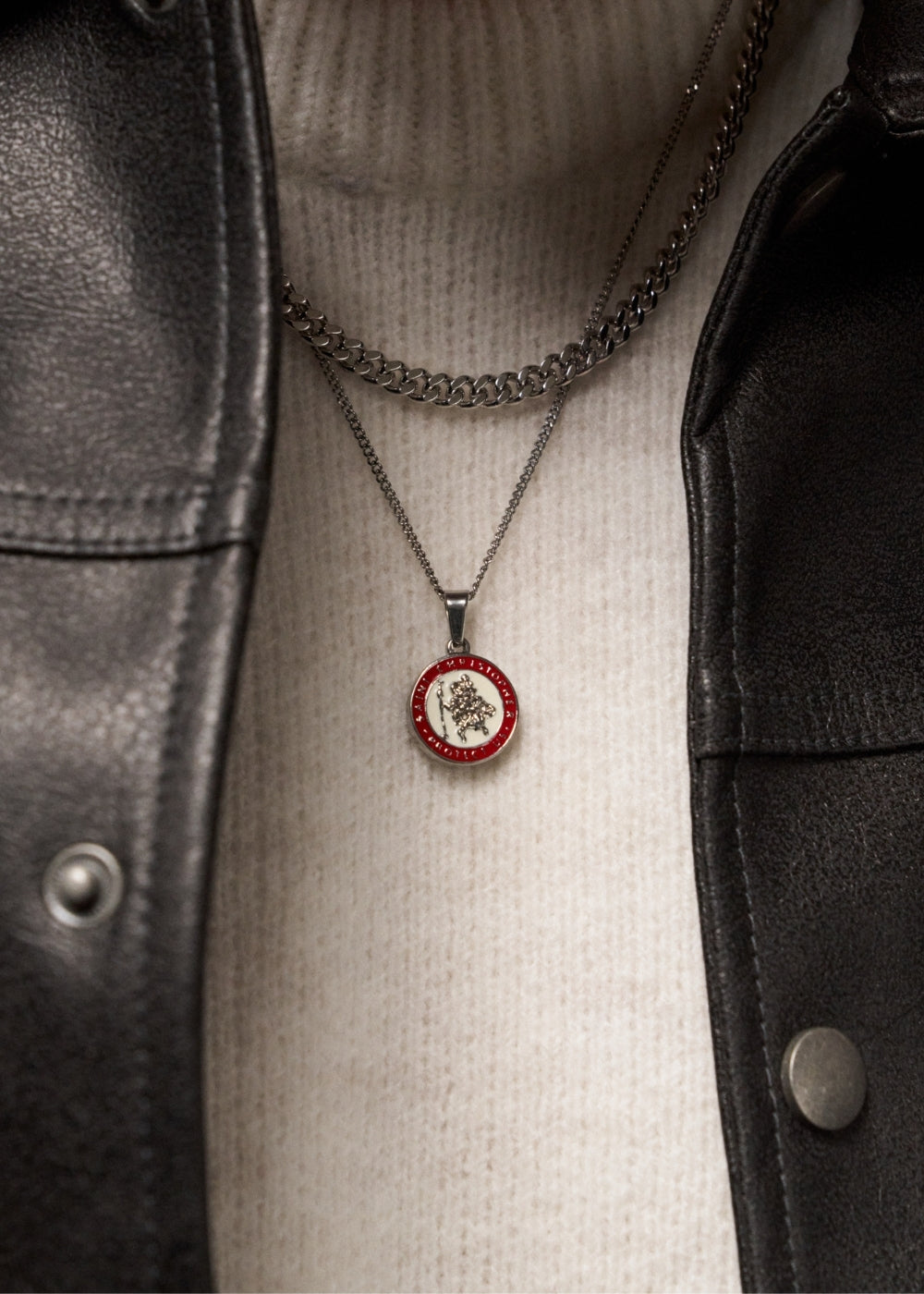

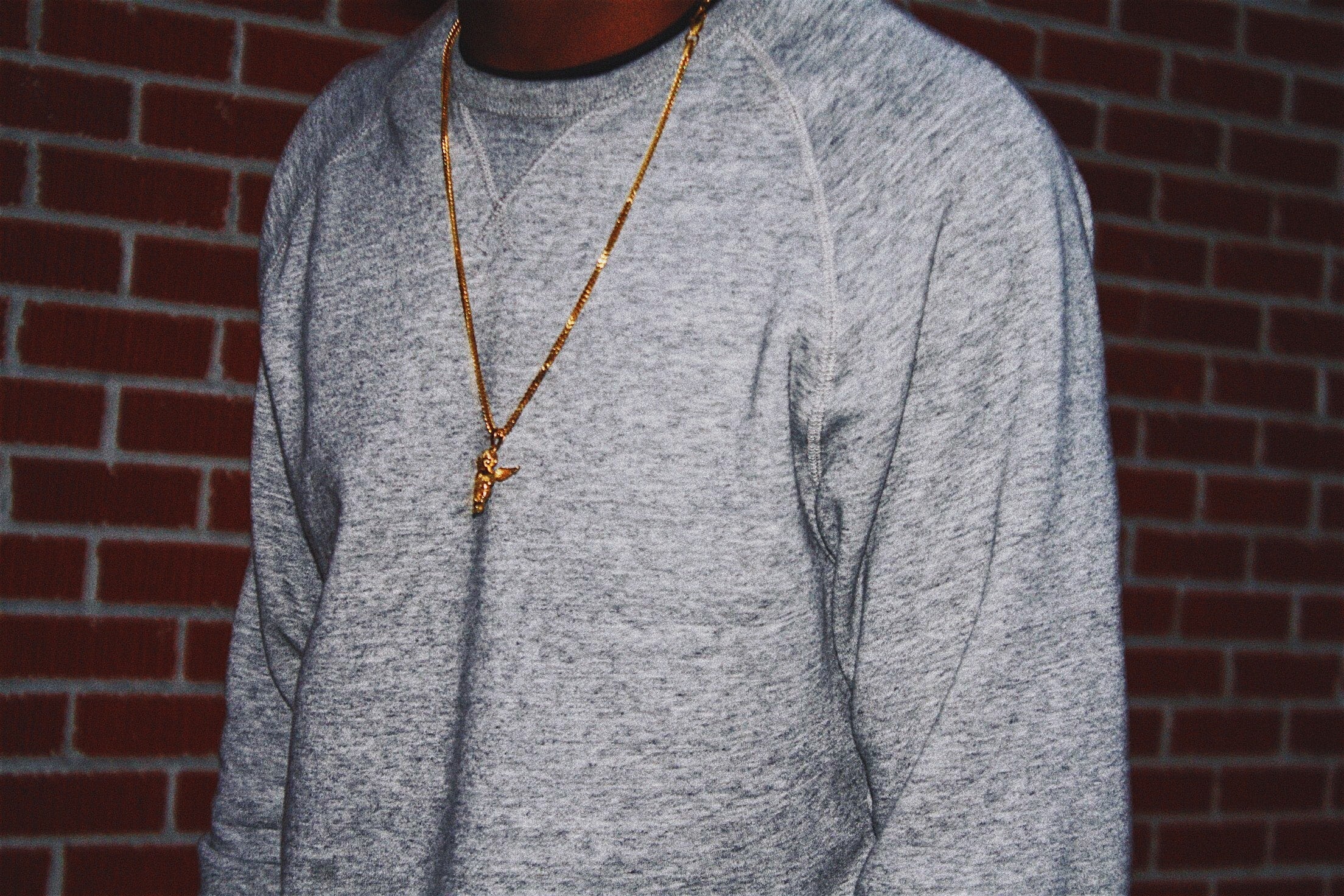
Leave a comment
This site is protected by hCaptcha and the hCaptcha Privacy Policy and Terms of Service apply.